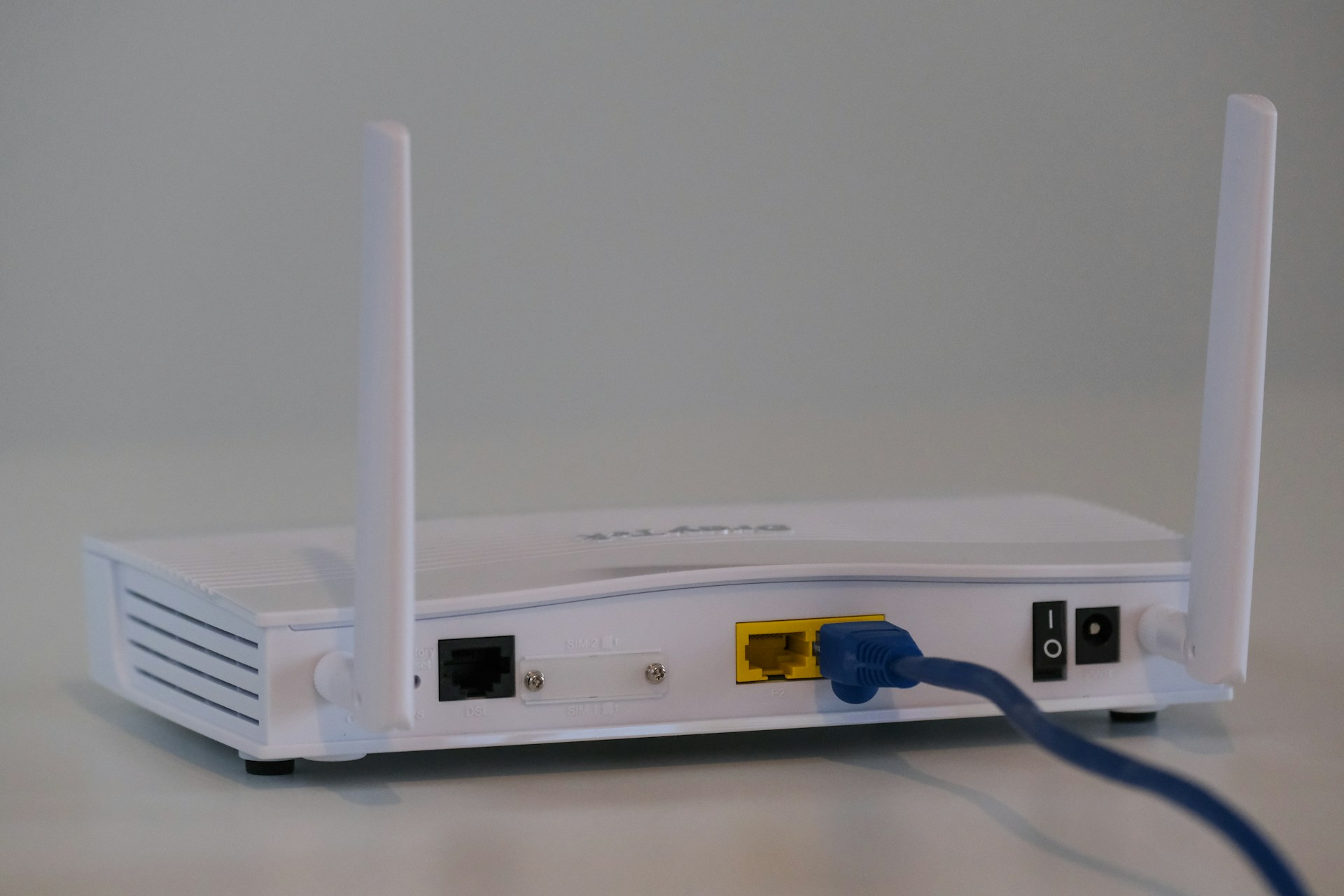
Can I Access CCTV DVR Hard Disk Through Net? Here’s the Expert Answer
If you’ve ever needed to check your CCTV footage while away from home or the office, you’ve probably wondered, “Can I access my CCTV DVR hard disk through the internet?”
The short answer is: Yes, you can.
The longer answer is: It depends on how your system is set up and what level of access you need.
As someone who’s been working with surveillance systems for over a decade, I’ve helped countless clients—homeowners, business owners, and even local security teams—set up remote access to their DVRs. The goal is always the same: to view or retrieve footage from anywhere, anytime, securely and efficiently.
In this article, I’ll walk you through exactly how this works, what tools and configurations you need, potential security risks, and practical examples based on real experience. By the end, you’ll know precisely whether—and how—you can access your CCTV DVR hard disk through the internet.
1. Understanding What “Accessing DVR Hard Disk Through the Net” Actually Means
Let’s start with clarity. When people say they want to “access the DVR hard disk through the net,” they usually mean one of three things:
-
View live CCTV footage remotely
-
Playback recorded video stored on the DVR’s hard disk
-
Download or back up video files from the DVR to a remote location
Now, while all three are technically possible, they require different methods and levels of setup.
Your DVR doesn’t directly “share” the hard disk over the internet like a regular file server. Instead, the DVR’s built-in software or mobile app streams or transfers the video data when you connect through its network interface.
In short — you’re not opening the hard disk directly, you’re accessing it through the DVR using internet connectivity.
2. The Prerequisites: What You Need Before Remote Access Works
Before you can access your CCTV DVR hard disk online, make sure these elements are correctly set up:
a) Internet-Enabled DVR
Not all DVRs support network access. Modern ones do, often called “Network DVRs” or “NVRs.”
Check your DVR’s manual for features like P2P, DDNS, or Cloud Access.
b) Stable Internet Connection
Both your DVR site (where the cameras are installed) and your viewing device (laptop, phone, tablet) need stable internet. For smooth streaming, upload speed at the DVR location is especially important.
c) Router Port Forwarding or P2P Configuration
Traditionally, remote DVR access required port forwarding — manually configuring your router to allow incoming connections to the DVR.
However, most modern systems now use P2P (Peer-to-Peer) technology, which simplifies things using a unique device ID and QR code. No static IPs or router changes needed.
d) DVR Manufacturer’s App or Client Software
Each DVR brand provides its own software or app for remote viewing, such as:
-
Hikvision: iVMS-4500 / Hik-Connect
-
Dahua: DMSS / SmartPSS
-
CP Plus: gDMSS / iCMOB
-
Uniview: EZView
These apps connect your DVR to the internet via its ID, allowing you to view both live and recorded footage stored on the hard disk.
e) Login Credentials & Permissions
Ensure you have admin or playback permissions. Many users can view live footage but are restricted from playback or downloads without proper access rights.
3. Step-by-Step Guide: How to Access Your CCTV DVR Hard Disk Through the Internet
Now let’s go step-by-step through the actual setup and access process.
Step 1: Connect DVR to the Internet
-
Plug an Ethernet cable from your DVR to the router.
-
Go to DVR’s network settings and enable DHCP (so it gets an IP address automatically).
-
Test connection – your DVR should show “Network Connected.”
Step 2: Enable P2P or DDNS
-
In the DVR menu, find the Network > P2P option.
-
Turn it ON and note the Device ID / Serial Number.
-
Scan the QR code using your mobile app or enter the ID manually.
Pro Tip: If your DVR doesn’t support P2P, set up a Dynamic DNS (DDNS) account, link it to your DVR, and forward the ports (HTTP and RTSP) on your router.
Step 3: Install the Mobile or PC Application
Download your DVR manufacturer’s recommended software.
-
Register or sign in.
-
Add a new device using the DVR’s ID, username, and password.
You’ll now see your camera feeds appear on the app — live view first.
Step 4: Access Recorded Footage
Within the app or software, switch to the Playback section.
Select:
-
Date and time range
-
Camera channel
-
Stream type (main/sub)
You’ll be able to view footage stored on the DVR’s hard disk remotely.
Some DVRs also let you download specific clips to your device or cloud storage for backup.
Step 5: Secure Your Remote Access
Never underestimate security when exposing your CCTV system to the internet.
Here are essential safety practices I always recommend:
-
Change default passwords immediately.
-
Disable unused user accounts.
-
Keep firmware updated.
-
Use two-factor authentication if available.
-
Avoid open ports unless absolutely necessary.
Expert Insight: About 40% of hacked CCTV systems I’ve seen over the years had default login credentials. Don’t take that risk — set a strong password right from the start.
4. Real-Life Example: A Client Who Needed Remote DVR Access
A few years ago, I worked with a logistics company that wanted to monitor multiple warehouses remotely. They asked me, “Can we access our CCTV DVR hard disks from the head office?”
Each site had its own DVR with 16 cameras. Instead of setting up complicated VPNs, we configured P2P cloud access for all systems using Hik-Connect.
The result?
-
Managers could log in anytime, from any device, and watch live or recorded footage.
-
They could review incidents, export clips, and even back up key footage to a remote drive.
-
No expensive IT infrastructure or static IPs required.
It’s been over three years, and they still use the same setup — proof that remote DVR access can be both reliable and secure when configured correctly.
5. Troubleshooting Common Issues
Sometimes, things don’t go as planned. Here are some common problems and how to fix them:
Problem 1: DVR Not Showing Online
-
Check if the router is connected to the internet.
-
Reboot both DVR and router.
-
Ensure P2P is “Online” (not “Offline”) in DVR settings.
Problem 2: Cannot Play Back Recorded Footage
-
Confirm your user account has playback permission.
-
Check if the DVR hard disk is healthy and recording properly.
-
Try lowering playback stream resolution for smoother access.
Problem 3: Remote Access Works on Wi-Fi but Not Mobile Data
This usually happens due to NAT or ISP restrictions.
Enable Cloud/P2P mode or configure port forwarding with public IP access.
Problem 4: Video Lags or Buffers
-
Reduce resolution or bitrate in remote stream settings.
-
Upgrade DVR site’s upload bandwidth.
6. Is It Safe to Access DVR Hard Disk Through the Internet?
This is a question I get all the time — and rightly so.
When you expose any device online, you open potential entry points for hackers.
However, with proper configuration and updates, remote DVR access is reasonably safe.
Here’s how to keep it that way:
-
Use encrypted connections (HTTPS or P2P cloud).
-
Never share your DVR ID publicly.
-
Avoid free DDNS services that may leak device data.
-
Update your DVR firmware regularly.
-
Enable user activity logs to track remote access attempts.
From my years in the field, I can confidently say that most breaches happen due to poor password practices, not because remote access itself is unsafe.
7. Alternative Options: Access Without Internet
If you don’t want to go online, there are other ways to access DVR data:
-
Local Network Access (LAN): Connect via local IP using a computer on the same Wi-Fi.
-
External Hard Disk Copy: Export footage directly to USB from the DVR.
-
Cloud Backup Integration: Some DVRs automatically upload critical clips to cloud storage.
- Read More : cctv camera on rent near me
These are ideal if your concern is privacy or if the internet connection at your DVR site is unreliable.
Conclusion: Yes, You Can Access Your CCTV DVR Hard Disk Through the Net — Safely and Effectively
To wrap it up, yes — you can access your CCTV DVR hard disk through the internet.
But you must do it the right way.
With proper setup — internet-enabled DVR, P2P access, secure credentials, and a reliable app — you can watch, playback, and even download footage remotely anytime you want.
As an expert who’s configured hundreds of systems, my advice is simple:
Always prioritize security and reliability over shortcuts.
If configured properly, your DVR can become a fully remote monitoring solution that gives you peace of mind, wherever you are.
FAQs
1. Can I access CCTV DVR hard disk without internet?
Yes. You can access it locally through the same network (LAN) by connecting your DVR and viewing device to the same router or switch.
2. Do I need a static IP to access my DVR remotely?
Not necessarily. Modern DVRs use P2P cloud services, allowing you to access them through unique device IDs without needing a static IP address.
3. Can I download CCTV footage from my DVR through the internet?
Yes, most DVRs and apps allow you to select and download specific video clips remotely. However, downloading large files may take time depending on your internet speed.
